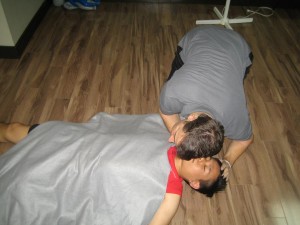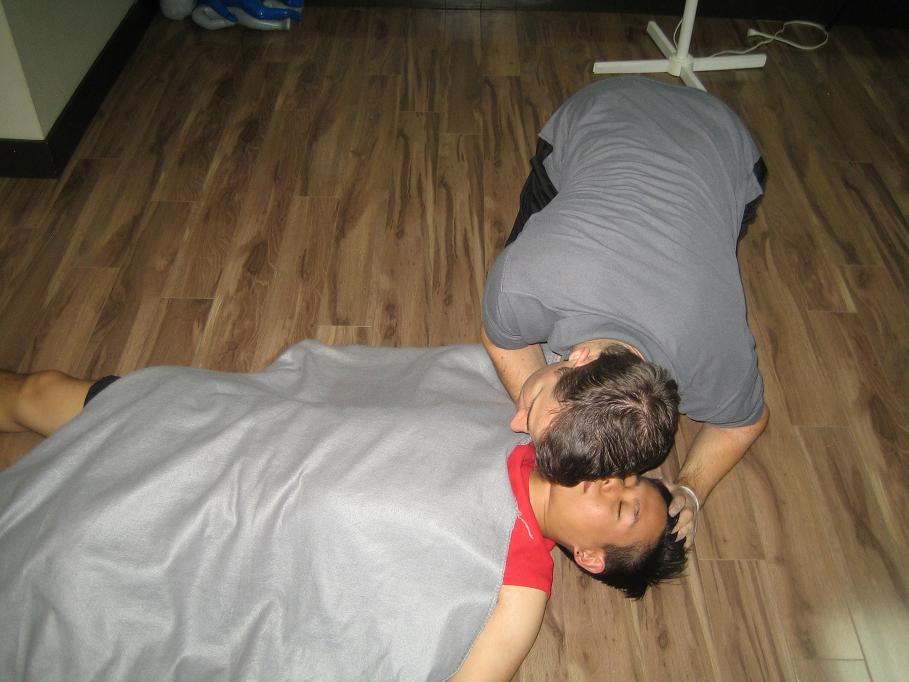Frostbite develops once skin has been exposed to extreme temperatures for prolonged periods of time. As a result, the skin freezes along with the tissues below the skin surface. In extreme cases, the nerves, muscles and the blood vessels might also freeze as well.
The skin is likely to freeze within minutes upon exposure to temperatures that fall below freezing. Even if the temperatures are above freezing, the skin is likely to freeze if wet or exposed to strong wind chills.
Remember that frostbite can also occur if the skin is directly exposed to extremely cold surfaces. This exposure can freeze the skin that came in contact with the surface right away.
Who are at risk?

An individual is likely to end up with frostbite if exposed to cold weather under the following conditions:
- Not properly dressed for cold conditions
- Smoking since it constricts the blood vessels and slows down circulation
- Body is weakened due to hunger, fatigue, dehydration, alcohol consumption, injury or physical labor
- Certain medical conditions such as depression, diabetes, peripheral vascular disease or cardiovascular disease
- Using beta-blocker medications
Remember that the elderly and young children are more likely to develop frostbite.
What are the indications of frostbite?
In most cases of frostbite, the following symptoms are likely to develop:
- Skin starts to feel prickly and/or numb
- Discoloration of the skin such as red, white, gray or yellowish
- Pain around the area exposed to extreme cold temperatures
Frostbite is considered severe if the following symptoms manifest such as the following:
- Skin turns black in appearance
- Development of blisters on the skin
- Muscles and joints become stiff or no longer functioning
Depending on the severity of frostbite, it is vital to seek medical care if an individual has frostbite along with fever, dizziness and redness, swelling or drainage in the affected area.
Management
Once an individual is suspected with frostbite, you can provide the following first aid measures:
- Transfer the individual to a sheltered away from the cold.
- Instruct the individual to warm his/her hands by tucking them below the arms
- If possible, stay indoors and remove any damp clothing and jewelry
- Place the hands and feet in warm water and cover the rest of the body using a blanket.
- Avoid any sources of heat such as fire, lamps or heating pads since these can burn the affected skin.
- If the individual is dehydrated, provide him/her with warm beverages.
- Consult a doctor as soon as possible.

